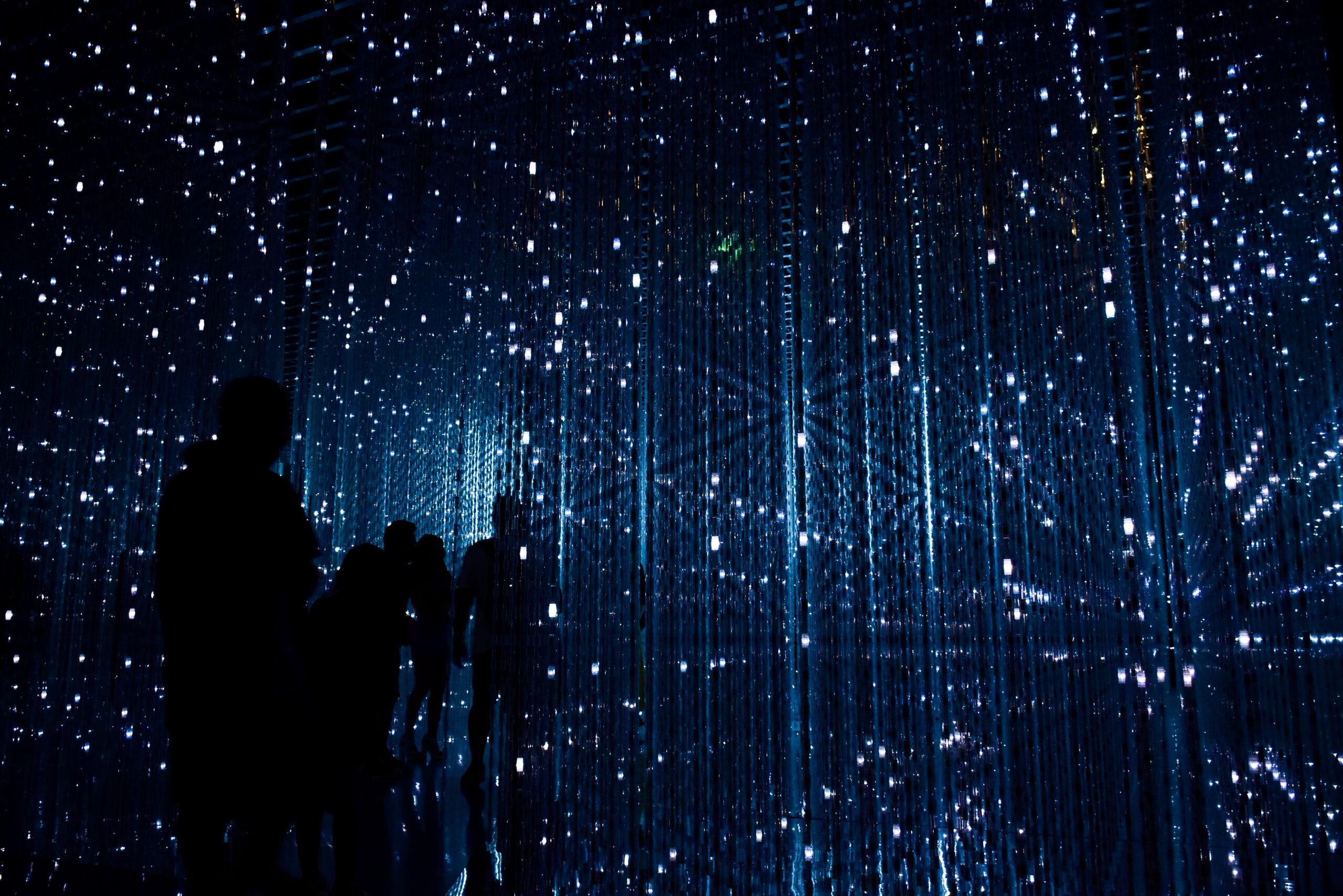Digital technologies are constantly changing. Something hailed as the “greatest new innovation” of one year can become obsolete by the next. Everyone has seen different technologies come and go in their lifetimes, no matter your age; the tech may be different depending on the decades, but the basic principles of innovation, evolution, and eventual decline remain the same. As digital technologies change, their demands on us change as well; we must develop a variety of “digital literacies” to match the technology, and these literacies must grow and change alongside the mediums.
Digital Communication Technologies
Writing technologies have come a long way, from cuneiform to quills to pencil to computers, with many stages and tools in between. Each “technological revolution” that has come along in the literacy sphere has brought with it changes in the very practice of literacy. However, we don’t often view writing as a technology…until a new technology comes along and we have to figure it out. (Baron 16). The example that communications technology researcher Dennis Baron gives in “From Pencils to Pixels” is the advent of the computer. The example I think of now is AI, which has thrown the writing world into an uproar (for many good reasons, of course, such as creatives’ rights and plagiarism fears.) Indeed, Baron speaks about how new literacy technology often provides new opportunities for fraud (16). More generally, I believe along with the good, new technologies offer opportunities for harm that society needs to learn how to regulate and everyday people need to learn how to protect themselves from.
Even things that we no longer think of or recognize as technology, such as the humble pencil, are forms of tech that changed the world of literacy (Baron 17). Baron asserts that any new communication technology goes from imitating the familiar to evolving into new forms and possibilities (16). Computers initially involved things like email, which are very similar to physical mail…but nowadays, the developments like the metaverse are attempting to change how we communicate online.
What Are Digital Literacies
A variety of definitions from different sources are given in Digital Literacies: Concepts, Policies and Practices, but one that I think summarizes them all well is “thinking of ‘digital literacy’ as a shorthand for the myriad social practices and conceptions of engaging in meaning making mediated by texts that are produced, received…etc., via digital codification,” (Leankshear and Knobel 5).
In less academic terms, digital literacies involve the ability to understand and communicate efficiently in digital spaces. They are plural because different online spaces and technologies require different ways of communication and understanding. Someone, for instance, who is able to use Facebook may NOT be able to use Instagram, or vice versa. Another person who can draft legal documents on the computer might not be able to navigate an online forum. A third person who can dexterously communicate via Discord might not be able to use an online database. Many such examples could be given, but the point is that though someone can use a computer, they may not be “digitally literate” in every aspect of computer spaces (just as no one is literate in every “physical” literacy, i.e I probably couldn’t easily parse the fine print of a contract.)
Why Does It Matter?
Why is being “digitally literate” important? Well, there’s is the possibility of acquiring a computer virus when navigating unfamiliar, shady websites. Someone unaware of the possibilities of photoshop may be fooled by altered images and videos (Baron 30). Explore almost anywhere online today, or listen to politicians on the news, and you will hear the term “fake news,” and a study published in the Proceedings of the National Academy of Sciences and reported on CNN informs us that “as many as three in four Americans overestimate their ability to spot false headlines, (Prior).
And it goes beyond avoiding false information and computer viruses. Personally, I receive a majority of my information via digital media. I communicate with friends online, do work for my job online, and, like this blog post, do classwork online. When I was a child, a lot of my creative writing exploration happened in an online space. If I were not digitally literate, I would struggle to perform such tasks. But along with the traditional literacy gap, we’re “already witnessing the emergence of a structural digital literacy inequality along the lines of richer children-poorer children…” (Lankshear and Knobel 13).
Digital literacies are important life skills, in fact, I’d go so far to say that they are essential. So when the education system fails to teach them to certain demographics, it is failing those children and widening existing gaps. The continued study of digital literacies may present ways to rectify these gaps, as well as helping to make digital spaces safer and more accessible and productive for everyone. Right now, I think we are experiencing a tumultuous time in the digital sphere, with concerns about AI, fake news, and privacy on many people’s minds. Solutions need to be researched, discussed, and circulated, otherwise these problems will continue to worsen.
Citations:
Baron, Dennis. “From Pencils to Pixels: The Stages of Literacy Technologies .” Passions, Pedagogies, and 21st Century Technologies, Utah State University Press, Logan, Utah, 1999, pp. 15–33.
Lankshear, Colin, and Michele Knobel. Digital Literacies: Concepts, Policies and Practices, Peter Lang, New York, 2008, pp. 1–16.
Prior, Ryan. “Most Americans Think They Can Spot Fake News. They Can’t, Study Finds.” CNN Digital, CNN, 31 May 2021, www.cnn.com/2021/05/31/health/fake-news-study/index.html. Accessed 11 Sept. 2023.



Leave a Reply